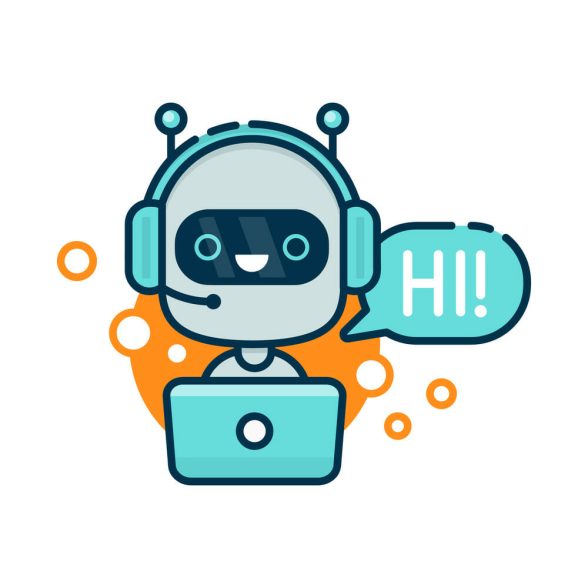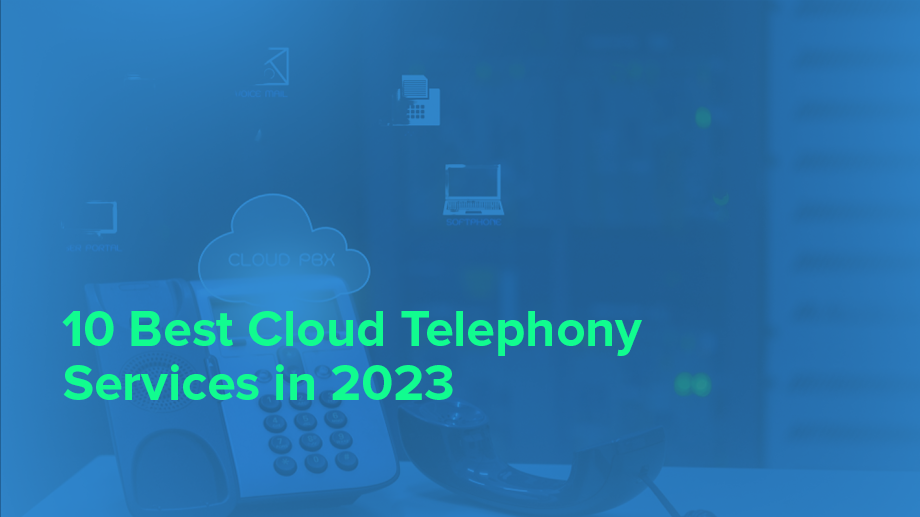- Resources
- Do customers like your voice bot? Tips to ensure a good persona.
Do customers like your voice bot? Tips to ensure a good persona.

Bots with boring generic robotic voice only belong in campy sci-fi movies. The key features when planning a conversational interface for your business are: Its ability to understand your customer, its ability to allow interruptions, quick response times, AI-powered continuous learning ability, and its ability to quickly connect with human backup at the slightest hint of trouble.
But when all that’s done, don’t forget to infuse a bit of personality into your bot. It could go a long way in refreshing your customer experience.
Designing personality-driven voice bots
So how do you go about creating personality? Unfortunately, there aren’t some set personality types to pick and choose from. You need to tailor your voice-bot personalities to your business needs. For example, a financial institution would want their customers to be greeted by a certain calm, trustworthy and professional-sounding voice as opposed to a cheery, bubbly and frivolous sounding persona.
How do you create this? Pay attention to secondary influencers such as the pitch, pronunciation, speed of speech, speaking volume, synthesized intonation, the accent of the voice-bot. All these need to be customized to be in line with your business’s customer experience strategy.
Another pivotal component of a voice-bot personality is the vocabulary/script. You need to give your voice bot a vocabulary that suits your target customer base. You can add slang words, common local parlance or business jargon. You may even need to throw in some Spanish or French or Hindi colloquialisms as per your users’ natural language. Everything you need to ensure that your customer feels comfortable, and understood while speaking to your bot.
Consider function and personalization.
While designing its personality, you should consider what job your bot has been assigned to do. For helplines, a soothing didactic voice assistant could calm nerves. For critical services, an “emotionless”, no-nonsense persona can help get clear information from the caller. If your voice bot handles outbound calls, you could have unique personalities for each calling list. This could improve the performance of bots designed to promote offers or qualify leads.
At CES2109, we saw some fun things businesses tried out with their voice bots. For instance, Nuance automotive’s voice assistant for cars could change the persona based on the user’s mood. For example, when it “observed”(via various sensors) the user smiling, it would speak in a chatty, friendly voice. But if it “saw” that the user’s mood was serious, it would revert to a factual mode.
Choose gender carefully.
Choosing your voice bots gender is also tricky business. Concerned about stereotyping, EqualAI has created “Q”, a genderless voice for bots.2 At CES 2109 too, we heard TJ Desai of Woobo talk about how they decided to give their bot (designed for children) a gender-neutral persona with a kid-friendly pitch range.
Challenges of audial mediums
One of the biggest challenges faced by personality-driven voice bots is the same as with all audial interfaces, which is, the lack of visual cues for the customer. Visual mediums display all available options to customers through a single window. The same cannot be replicated for audial interfaces as customers have no prompts for the next logical step in the conversation. This is where deliberately designing your voice bots’ UX plays a vital role. It needs to recognize intent, consider a linear flow of information and deliver concise information in the shortest time. Choosing vocabulary, and designing crisp responses can play an important role here.
The human-bot divide
While delivering the human-like experience, businesses should steer clear from getting too close to the real deal. As seen with Google Duplex concerns can arise about authenticity. If they aren’t told upfront that they are speaking to a bot, they could end up feeling cheated.
When the line between man and machine is blurred, it could be unsettling for your customers. This is known as the Uncanny Valley. It refers to an unpleasant feeling people get when a bot looks (or speaks) too much like a human being. Consider this: People got creeped out by the human-like animations of the movie: the Polar Express, but loved the bots in Wall-e. Everyone loves the non-human looking droids BB8, and R2 D2 of Star Wars, but do they like the lifelike Sophia as much?
Conclusion
A voice bot can help you attend calls, answer FAQs, provide self-service and qualify leads. It allows you to be present 24 x 7 for your customers and improves efficiency in numerous ways. But it can be likable too.
It is worthwhile to spend a little time on creating and perfecting your voice bot persona. Your voice bot is after all your latest customer-facing employee. It makes sense to train it to be both helpful and charming too.
1Source: The Voice bot Podcast
2Source: https://www.pressreader.com/







